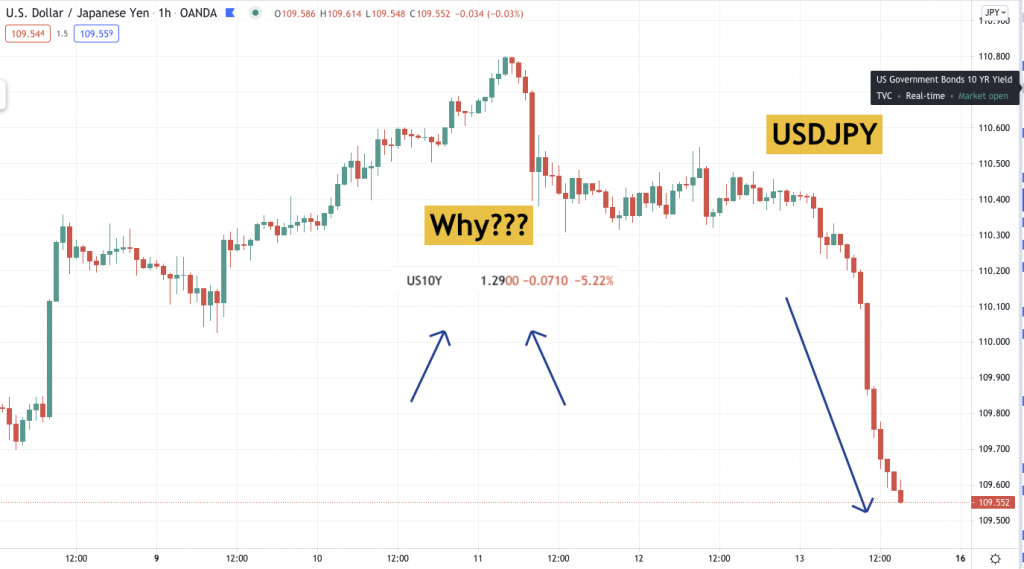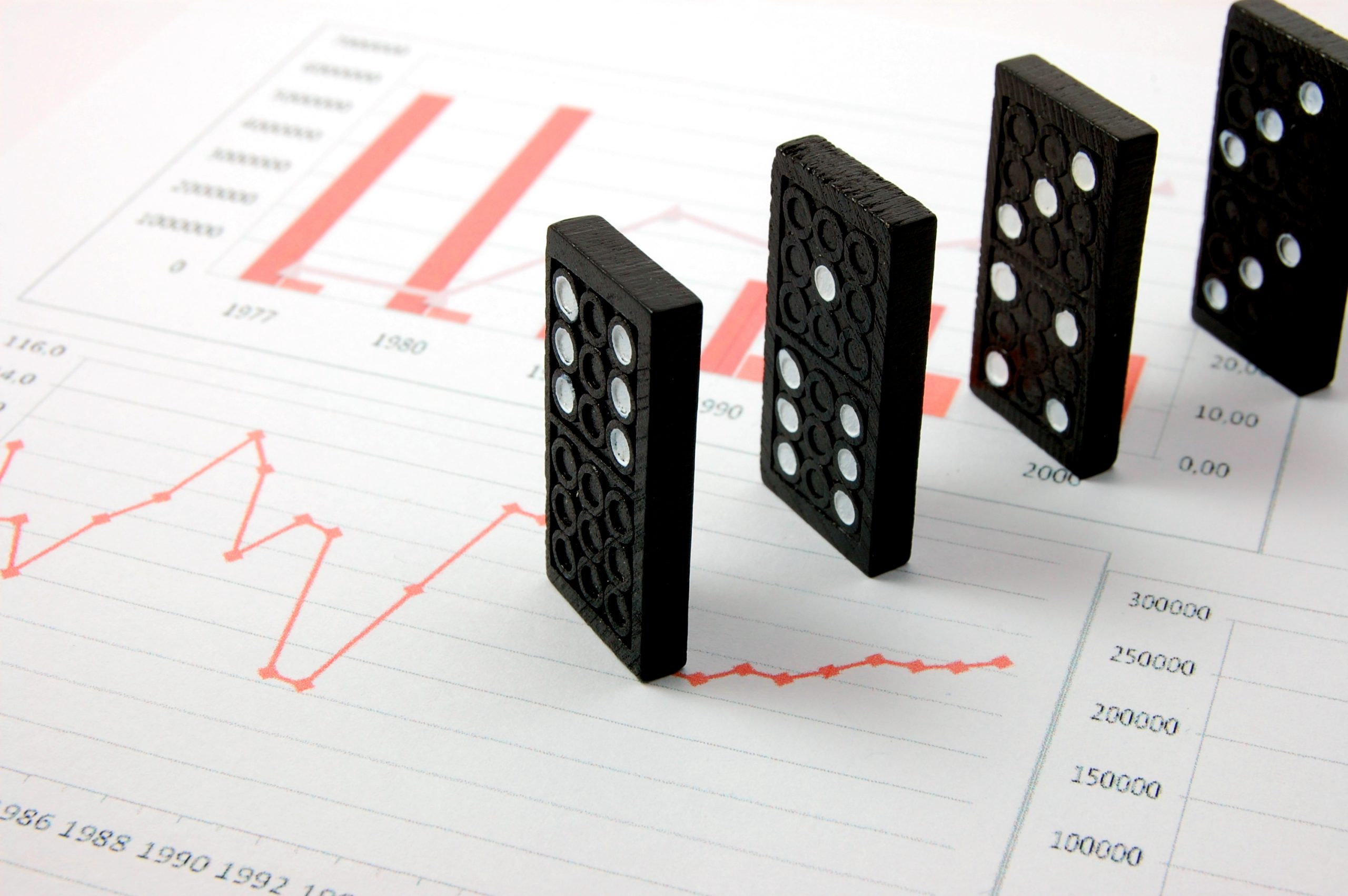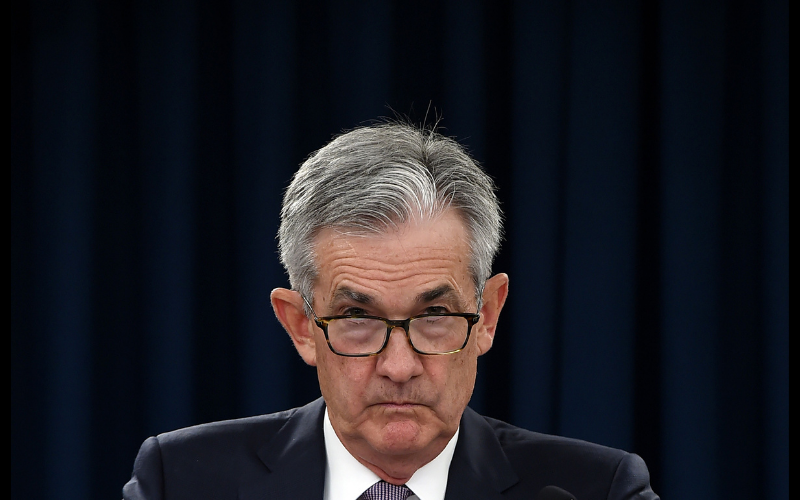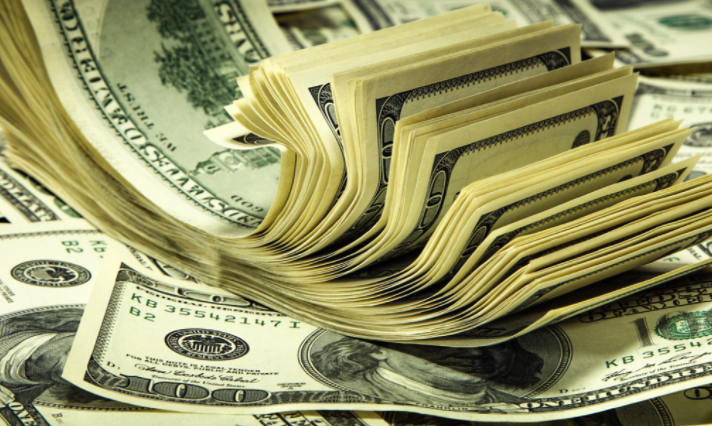
Fundamentals matter ALOT when it comes to currency movements. The U.S. dollar fell sharply on Friday as 10 year Treasury yields experienced its largest decline this month. We’ve long pointed to the moves in yields as a central reason for the dollar’s fluctuations and its influence was seen clearly today. Concerns about the Delta variant is finally catching up to financial assets. At the start of the week, gold prices crashed but snapped back on coronavirus concerns. Countries around the world are reimposing social distancing and mask restrictions with a growing list of cities in lockdown. As this trend spreads, it is not surprising to see consumers, investors and businesses grow nervous. Travel and leisure activities could take a big hit in the fall especially if more countries tighten restrictions. The University of Michigan Consumer Sentiment Index dropped to its lowest level since 2011. This follows a decline in German investor confidence. While we anticipated a decrease, one of the largest drops on record was unexpected.
Yields are down, the dollar is down and gold rallied. Stocks extended higher but it shouldn’t be long before stocks correct as well. When that happens we could see broad based risk aversion. We may be at cusp of correction in stocks as it will be difficult for equities to hold at record highs with the pandemic worsening. We could see a deeper correction in currencies especially the Japanese Yen crosses – there are clear head and shoulder patterns forming in EUR/JPY, GBP/JPY and CAD/JPY.
We will be watching stocks and risk appetite very closely next week. There’s also a lot of event risk on the calendar. The most market moving release for the dollar will be U.S. retail sales and the minutes from the last FOMC meeting. Spending is expected to contract and any decline could trigger a sharp sell-off.
EUR/USD rose strongly on the back of U.S. dollar weakness. Second quarter EZ GDP numbers are due for release and they should be strong. Q2 was a period of recovery for most countries with Euro area nations included. Travel and leisure picked up as restrictions eased. EUR/USD bottomed around the same level as April and this current move could take the pair higher.
Inflation and spending numbers are due for release from the U.K., Canada and Australia. Prices are up across the globe and the CPI reports should reflect that. The lockdown in Australia should weaken demand while the opposite is true for Canada. Next week we’ll get a good look at how bad the lockdowns hit Australia’s economy with job growth and spending likely to fall sharply. AUD/USD is trading near a 9 month low but it could easily slip to 70 cents if the rest of the world considers fresh lockdowns like Australia.
The Reserve Bank of New Zealand’s monetary policy announcement is the most interesting event risk on next week’s calendar. Investors are pricing in 90% chance of a rate hike but with Australia in lockdown and the world contending with a rapidly spreading Delta variant, the RBNZ may be worried about the future outlook. With that said, domestically New Zealand’s economy is on a solid recovery path. The labor market is back to pre-pandemic levels, house prices are soaring and inflation is up across the globe. If they hike with the intention to do more, NZD will soar. If they raise rates but express caution, NZD could sell-off despite tightening.





